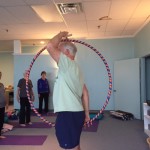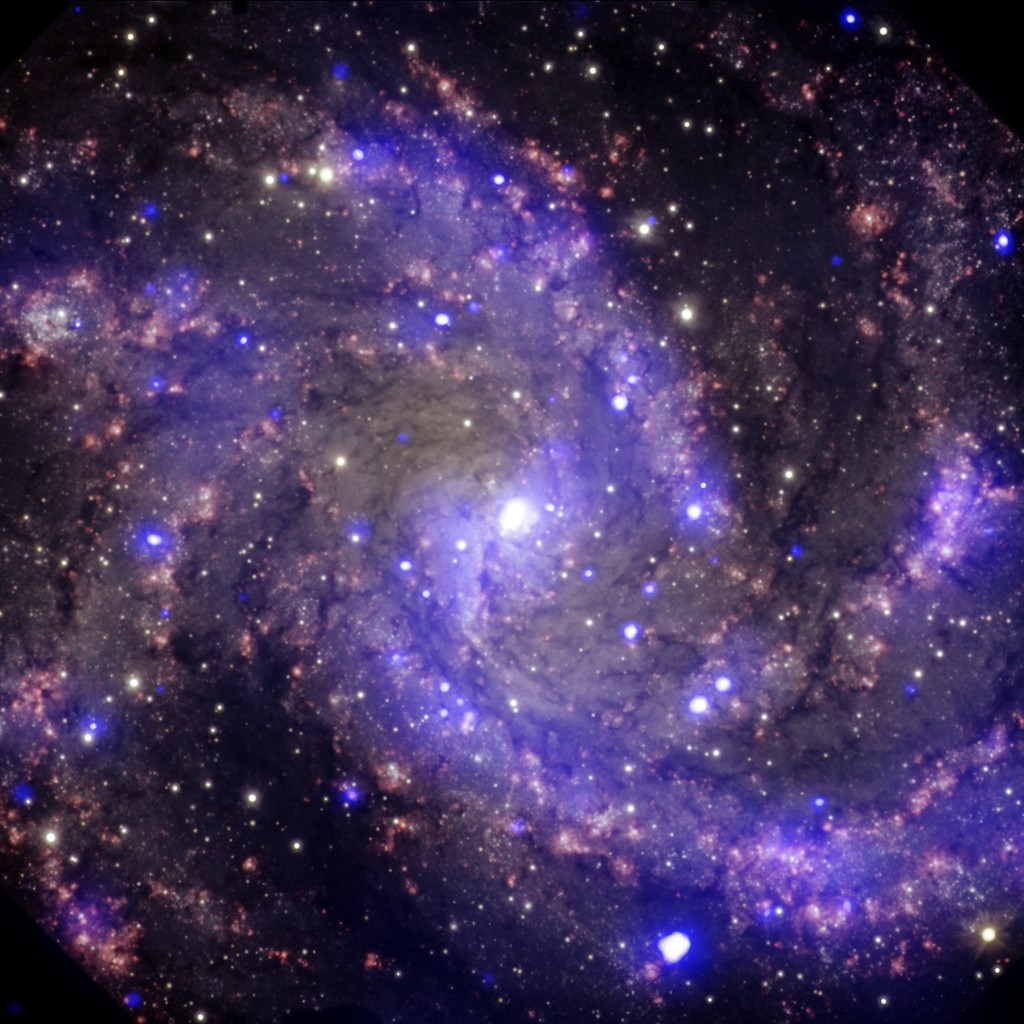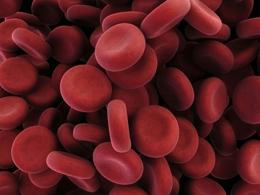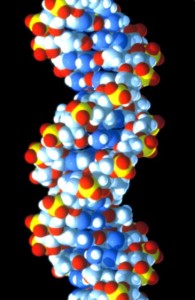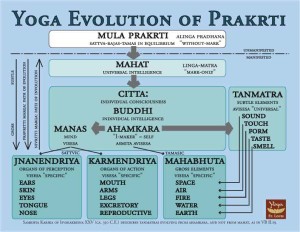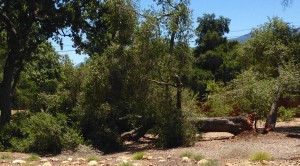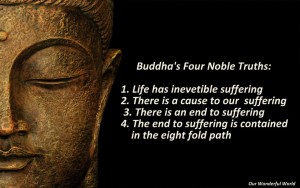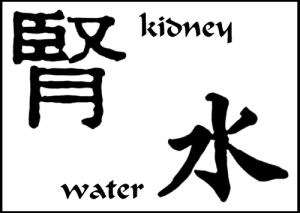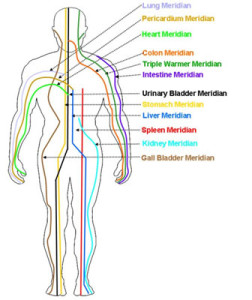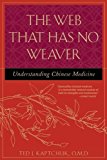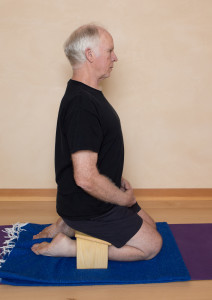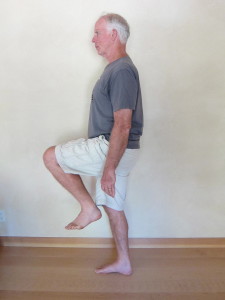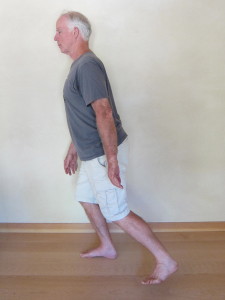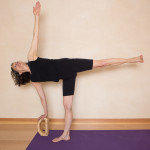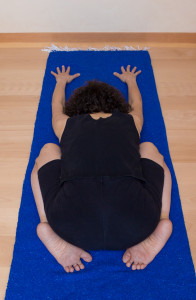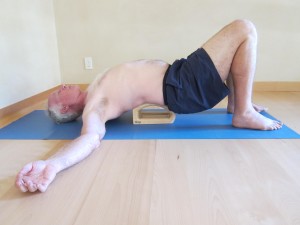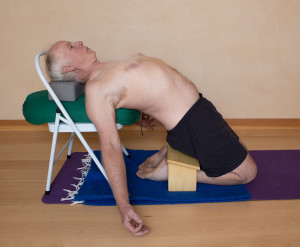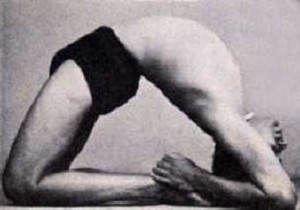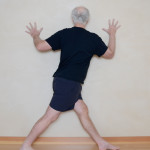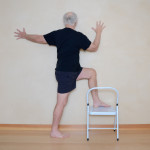Nodes or nodal points were introduced in the previous post on Indra’s Net, and, as we are all nodes in the great cosmic network, I would like to expand a bit on this crucial concept. (Network = Grid = Web) A node is an organizing center where multiple streams of energy and information converge, are processed and redistributed. LAX, the Los Angeles International Airport is a major transportation node that allows people and products to move about the planet. Facebook is a major social network node facilitating the flow of information about people, businesses and community services to anyone with access to a computer. (Except if you live in China, where you may be blocked by the government!) Each participant is also a node. The more followers you have, the larger the node.
As beings awakening to the multi layered web that is Creation, we need to know how we ourselves are embodied expressions of nested layers of nodes, as well as a primary node embedded in a social network, a planetary network and the macro-cosmic network. A healthy social grid is crucial to our own personal health as well as that of society and the planet. If we can awaken and activate the deep cellular intelligence of our inner grid, bringing forth wisdom gleaned from our evolutionary and embryological journeys and plug this into the social grid, the planetary healing can be greatly enhanced.
Now the embodied nodes linking the social grid are almost totally unconscious, and the ‘intellectual’ if I may dare use that term, social nodes are running on over drive. If all we know about the world comes through the media node of Fox News or Twitter, we will have a rather limited understanding of our historical moment. The same could be said, of course, if our only news source is NPR. Even if we can access the wisdom of many other nodes available through the social network system, it is only when this wisdom is awake and vibrating in the embodied social field, and not just floating around as ideas, that the necessary healing can begin to bubble up into the culture. And when you are actually embodying wisdom, it flows into the embodied social web, from the inside, bypassing the media driven drivel and dysfunctionality that passes for contemporary cultural exchange.
This blog is a node in the social grid, (and you have to be embodying this, as best you can to fully digest the info) and I have two amazing nodes for you to integrate into your own web of connections. The first is a ‘book as node’ and the second is the amazing array of youtube offerings from Bonnie Bainbridge Cohen.
The health and organization of the human body is dependent upon healthy network of nodes and the Tao’ists have always had a deep appreciation and understanding of how health is an expresssion of the inter-connectedness of life and the Universe. My TCM node and shiatsu master John Hickey just turned me on to a book integrating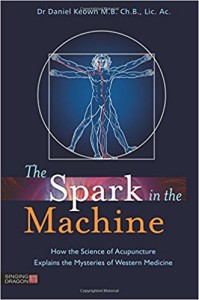 three of my major passions in life. “The Spark in the Machine”, (terrible name… but, whatever !) by Dr. Daniel Keown, is a treasure trove for somatic exploration. He uses fascial planes and spaces between them to link the energy flows and principles of embryology, acupuncture and Chinese Medicine with some aspects of Western Medicine. And he talks about nodes!!! Here, the author is describing the primary embryological miracle.
three of my major passions in life. “The Spark in the Machine”, (terrible name… but, whatever !) by Dr. Daniel Keown, is a treasure trove for somatic exploration. He uses fascial planes and spaces between them to link the energy flows and principles of embryology, acupuncture and Chinese Medicine with some aspects of Western Medicine. And he talks about nodes!!! Here, the author is describing the primary embryological miracle.
“In order to grow, the embryo needs organization more than any other feature… In nine months the single cell will multiply until it is ten trillion cells,… approaching 1 septillion (1,000,000,000,000,000,000,000,000) possible lines of communication. It’s a ridiculously large number and quite clearly impossible to manage. The body, though is no different to any intelligent and well run organization – it creates chains of command. These chains of command drastically simplify the organizational system and consists of nodes around which the body organizes itself. … In the body a node is an embryological point that controls growth, an organizing center (OC)…. as the embryo gets bigger, other OCs will have to arise … In fact the body is a teeming mass of organizing centers all cooperating and competing with each other for control of the cells of the body.”
For those coming to my workshops in the coming year, much of what we will cover will be drawing upon material from this delightful book, and here are some breathing practices to get you started.
Yin Yang Breathing
In any relaxed position, feel your breath as an expression of yin and yang, diaphragm and ribs, inhalation and exhalation, expanding and condensing, however you may feel and find this. Remember, yin and yang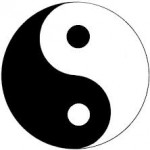 are never separated, always communicating, always oscillating. When healthy we know this feel this and embody this. When dis-eased, we forget, are confused, and act unconsciously, often resisting or restraining the natural inner rhythms.
are never separated, always communicating, always oscillating. When healthy we know this feel this and embody this. When dis-eased, we forget, are confused, and act unconsciously, often resisting or restraining the natural inner rhythms.
As a tangible image to help with feeling this, try doing some elbow curls holding a light weight like a small book in your hand. You can flex the elbow in two ways; suddenly, or slowly and deliberately. Same with extending the elbow. When moving suddenly, the flexors and extensors (yin and yang) are not listening to each other or supporting each other. You can feel this! When moving slowly you can also feel both possibilities working together. In flexion, the triceps slowly yields in balance with the biceps slowly shortening. In extension, the biceps slowly yields in harmony with the triceps shortening. As this pattern becomes more deeply embodied, you will be able to speed up without losing the integration.
Now feel this in the ribs. As they expand on the in-breath, feel the subtle resistance that slows the action down. On the exhalation, as the ribs begin the condensing action, feel the expansion offering enough resistance to slow the action down. On every breath, feel how both actions are always present. As one waxes, the other wanes. Then a pause and the process reverses.
Blood Breathing and Qi Breathing
Blood and Qi in Chinese Medicine are ‘the yin and yang of ordinary life activity’. Ted Kaptchuk describes it thusly. ” Qi activates, blood relaxes. Qi quickens, Blood softens. Qi is tense and tight; Blood is smooth and languid. Qi embodies effort, blood is effortless. Qi is becoming, Blood is being.” Also, Blood is the Mother of the Qi, that is, it nourishes it. And Qi is the commander of the Blood, that is the Qi moves the Blood. You can and will discover the sensations, qualities and feelings described as you dive into your practice and notice.
Simple Qi Breathing: Sitting comfortably, let your inhalations fill the pelvis and abdominal areas. Feel the lower diamond region in the diagram below, CV-1, CV-6 CV-12 and GV-4 expanding in all directions. On the exhalation, release with a subtle opposite tension, so there is not a sudden collapse but 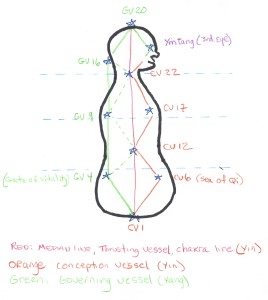 a slow easy release of the breath. If you are working on grounding and rooting, imagine the exhalation traveling down through the pelvic floor and CV-1 into Mother Earth. You are strengthening the Qi in the lower energy center while helping to quiet the mind. A lot of Qi is wasted in dysfunctional mental activity taking place in the brain. In this practice, the Qi moves down to bring stability (sthira) and quietness. another option is to let the exhalation rise up to stretch the diaphragm and nourish the heart.
a slow easy release of the breath. If you are working on grounding and rooting, imagine the exhalation traveling down through the pelvic floor and CV-1 into Mother Earth. You are strengthening the Qi in the lower energy center while helping to quiet the mind. A lot of Qi is wasted in dysfunctional mental activity taking place in the brain. In this practice, the Qi moves down to bring stability (sthira) and quietness. another option is to let the exhalation rise up to stretch the diaphragm and nourish the heart.
Blood Breathing: This practice came to me after reading about the lungs in ‘The Spark in the Machine’. Introduction: With every inhalation, the chest expands, creating a negative pressure that pulls air into the lungs from the outside. This negative pressure also pulls blood into the heart. The lungs are essentially blood and air, not much physical matter. Also, the lungs are the only organ to receive all of the output form the heart on every beat. Thus the lungs have a major role in cleansing, filtering and purifying the blood, removing small clots and bubbles in addition to the carbon dioxide and carbolic acid. In Chinese medicine, the lungs are said to transform ‘Dampness’, which is essentially an accumulation of stagnant fluid.
The Practice: (It helps to have an open flexible chest that comes from supported backbends or other yoga practices.) In any comfortable posture, relax, quiet the mind and begin to inhale by expanding the chest. Keep the spine, sense organs and brain relaxed. Open the ribs, activate the diaphragm and create some elasticity. When ready, instead of imagining the lungs filling with air, feel the lungs filling with blood, as if the lungs/chest walls are a vacuum that pulls blood from the heart into the lungs. On the exhalation, release the blood gently back to the heart and imagine it traveling out through the body.
As you get stronger/slower, feel the chest/lungs drawing the blood from the liver and kidneys straight through the heart and on into the lungs, releasing slowly and gently. During the inhalation, you can squeeze the liver like you would a sponge to help drain the mid body. Now feel the lymphatics in the whole abdominal/pelvic area being drained by the vaccuum of the lungs. Feel the whole body replenished on the out-breath by healthy vibrant Blood. Add the legs, all the way to your feet, and the arms as well. Visualize this as a single circuit. This, by the way is the Vyana Vayu in action, in yoga terminology. When you are done, relax and feel the inner glow. I have been playing with this while swimming, much easier on my snorkel (no arms) stroke than the crawl.
The second node on our amazing web of embodied wisdom comes through Bonnie Bainbridge Cohen and the Body Mind Centering Community that helps produce these amazing video clips. There are many available, all small tastes from her vast video series. But each is worth a week or month or more of practice. Here is a link to one on the dynamic possibilities of the pelvic floor, using a diamond with four quadrants as an image. Take this new awareness into the breathing practices above, as well as all of your daily activities (like sitting and reading this!)
Once you find one of her youtube offerings, many more will line up. And of course, if you are deeply intrigued and have never worked with Bonnie before, buy one of the videos and get the full story. The extent of her embodied wisdom is off the charts vast and much is available through her video series.
Bonnie on the Pelvic Floor (and the perineal body as the seat of the yin)
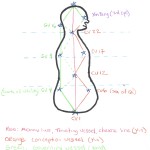 Review: Our Foundation Practice is the Microcosmic Orbit Meditation. With focal attention, imagination, patience and perception, feel the circle of energy connecting crown and root chakras (seat of yang and seat of yin). You can trace a point moving around a circle, like a gondola seat moving around a Ferris Wheel. Or, you can move your attention from point to point, like the tip of the minute hand of a clock moving from number to number, seat of yang at 12, seat of yin at 6. Remember to explore both directions! In the beginning, you can stay down in the lower body, as in the Qi breathing practice above. No need to engage too many points at any one time. this is a life long practice and we are just beginning, so no hurry, no worries.
Review: Our Foundation Practice is the Microcosmic Orbit Meditation. With focal attention, imagination, patience and perception, feel the circle of energy connecting crown and root chakras (seat of yang and seat of yin). You can trace a point moving around a circle, like a gondola seat moving around a Ferris Wheel. Or, you can move your attention from point to point, like the tip of the minute hand of a clock moving from number to number, seat of yang at 12, seat of yin at 6. Remember to explore both directions! In the beginning, you can stay down in the lower body, as in the Qi breathing practice above. No need to engage too many points at any one time. this is a life long practice and we are just beginning, so no hurry, no worries.
One thing to note in your asana practice is the volume you can feel when this expands to three dimensions. 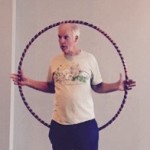
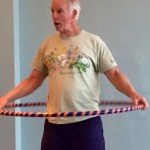
In any pose, make sure you sustain the fullness inside and do not collapse. In a forward bend, it is easy to close down the front half of the circle. In trikonasana, the same collapse can occur on the side circle. In any part of the body you can lose the ‘girdle’ space (latitude circles). Imagine the sphere as a node and feel the other spheres around you, especially the sun and moon. This is a universal shape.


